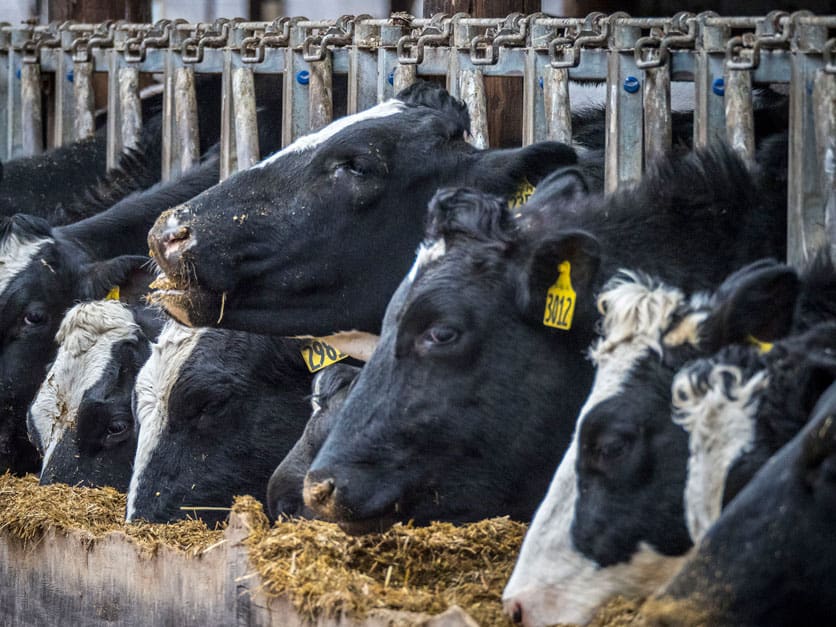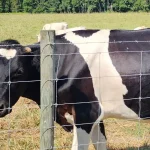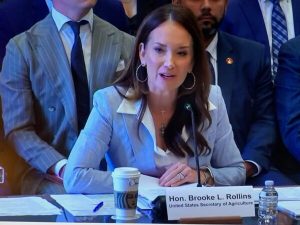Clearly, small and mid-size dairy farms are being abused by large dairy cooperatives, while USDA runs cover for corrupt dairy cooperatives, as evidenced by USDA’s stonewalling of the GAO’s efforts to find information on the impacts of market concentration.
On April 5, 2023, American Farm Bureau Federation stated in a letter to Secretary of Agriculture Tom Vilsack that the average dairy farmer in the U.S. lost $6.27 per cwt. in 2021. This figure was taken directly from the most current “USDA ERS Milk Production Costs and Returns per cwt. sold.”
On May 1, 2023, USDA ERS “erased and replaced” the figures for 2021 by dramatically lowering cost estimates from $27.50 per cwt. to $23.04 per cwt. with no explanation given. This was not the first time USDA ERS played the “erase and replace” card. In 2018, they lowered 2013 to 2016 cost of production figures.
Since USDA allegedly tracks farm milk price data, how did they supposedly misreport the gross value of milk sold in 2021 by $0.67 per cwt.? The new figures show gross value of milk sold in 2021 at $18.49 per cwt. compared to the original value of $19.16 per cwt. Total gross value of production for 2021 dropped from $21.23 per cwt. pre-May 1, 2023, figures to $20.11 per cwt. post-May 1, 2023, figures. Value of production less cost listed for 2021 “improved” from -$6.27 per cwt. to -$2.93 per cwt.
Dairy farmers’ costs and returns are not the only areas where the federal government is playing the “erase and replace” game. Behavior like this, at the very least, calls ERS figures into question, and, at worst, renders them totally unreliable. Parity is the best economic indicator of a dairy farmer’s ability to participate in the real economy.
























